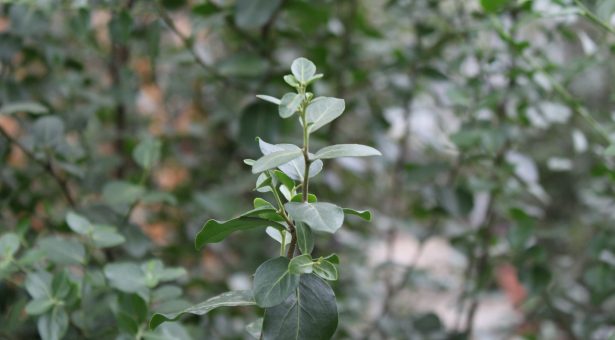Plants as factories

Humans have used plants as medicines for thousands of years, but there is currently an urgent need for new drugs.
As we learn more about how plants make different kinds of chemicals there remains huge potential for new discoveries, with every garden a potential source of untapped useful molecules.
Research in the laboratory of Professor Anne Osbourn is aimed at improving our understanding of how plants make chemicals and harnessing this knowledge for the discovery of new drugs and other useful molecules.
Within this, there are ample opportunities to discover natural products which have the potential to be synthesized on a commercial scale.
Plants are excellent chemists, however the vast amounts of these compounds cannot be accessed, and chemical synthesis of useful molecules from plants is often difficult, or impossible.
The solution is biosynthesis; using a plant’s own genetic machinery to make drugs. To do this, we first need to;
1. Find the pathway genes needed for biosynthesis of the target molecule
2. Introduce these genes into a suitable host (a ‘biofactory’)
3. Make the chemical
Finding the genes for plant natural pathways is challenging, but rapid identification of pathway genes in plant genomes is now possible through new computational methods.
By identifying the pathway genes needed for biosynthesis of the target molecule and introducing these genes into a suitable host (a “biofactory”) we can then produce the chemical.
It is therefore now possible to create a ‘toolkit for making molecules’ and for making drugs by biosynthesis, using plant genetic machinery. For example, researchers are working to decipher how one immune-boosting compound, QS-21, is produced by the Chilean Soapbark tree.
Further scale-up is also possible. For example, John Innes Centre spin-out company, Leaf Systems has operated as a pilot and production business on the Norwich Research Park, using plant transient expression technology.
